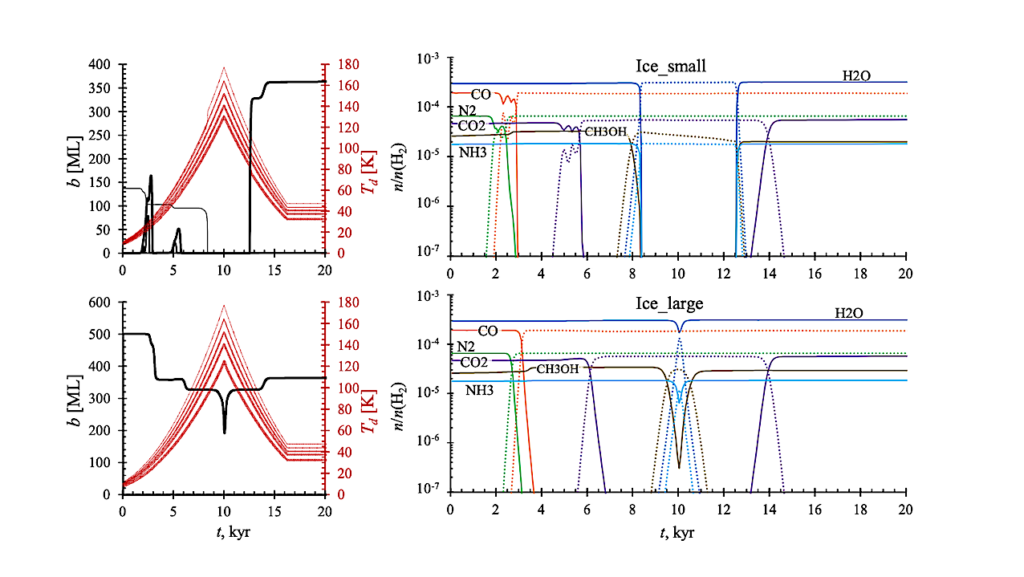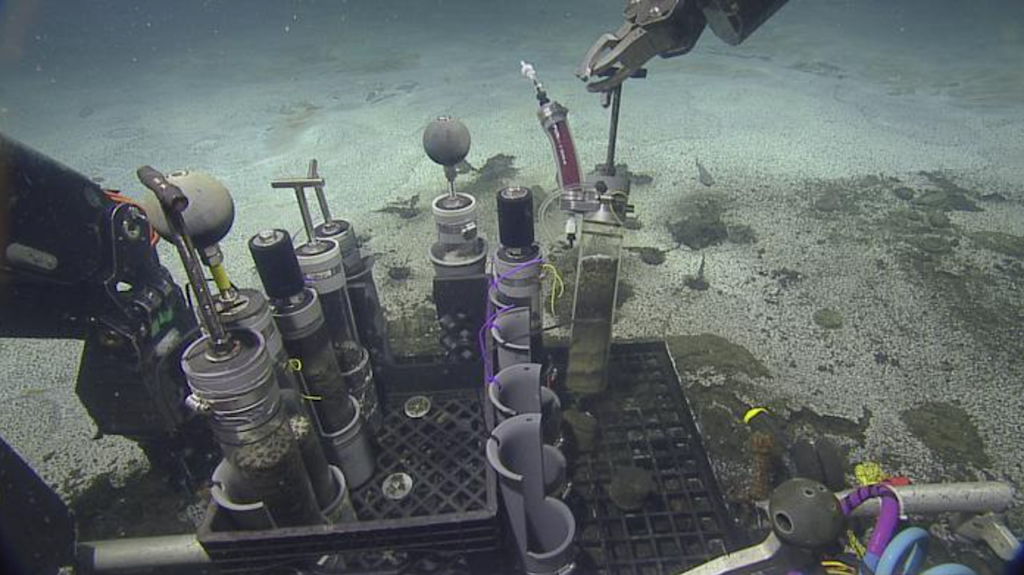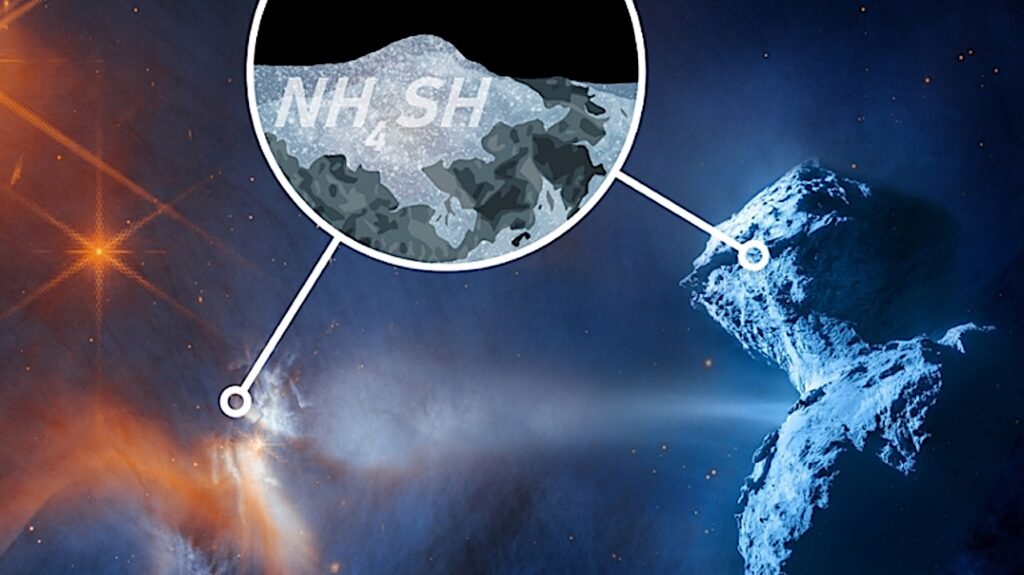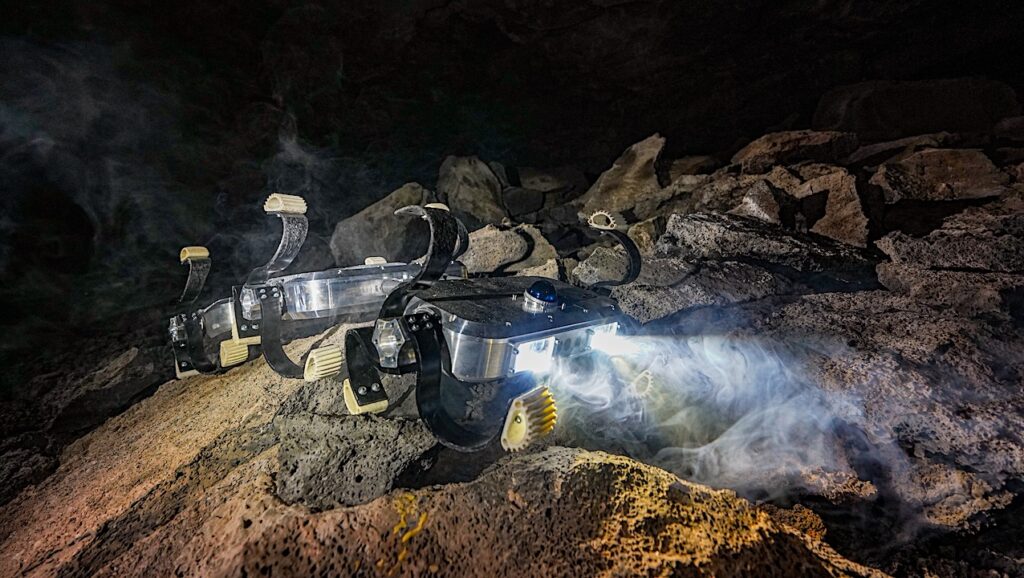Biosignature Surveys to Exoplanet Yields and Beyond

Upcoming biosignature searches focus on indirect indicators to infer the presence of life on other worlds. Aside from just signaling the presence of life, however, some biosignatures can contain information about the state that a planet’s biosphere has achieved.
This additional information can be used to measure what fractions of planets achieve certain key stages, corresponding to the advent of life, photosynthesis, multicellularity, and technological civilization. We forecast the uncertainties of each measurement for upcoming surveys, and outline the key factors that determine these uncertainties.
Our approach is probabilistic and relies on large numbers of candidates rather than detailed examination of individual exoplanet spectra. The dependence on survey size, likeliness of the transition, and several measures of degrees of confidence are discussed, including discussion of geological false positives in biosignatures as well as how combining data from different missions can affect the inference. Our analysis should influence policy recommendations for future mission design and strategy to minimize the impact of measurement uncertainties.
McCullen Sandora, Joseph Silk
Comments: 17 pages, 9 figures, accepted to MNRAS
Subjects: Earth and Planetary Astrophysics (astro-ph.EP); Instrumentation and Methods for Astrophysics (astro-ph.IM); Other Quantitative Biology (q-bio.OT)
DOI: 10.1093/mnras/staa1284
Cite as: arXiv:2005.04005 [astro-ph.EP] (or arXiv:2005.04005v1 [astro-ph.EP] for this version)
Submission history
From: McCullen Sandora
[v1] Wed, 6 May 2020 18:00:08 UTC (1,000 KB)
https://arxiv.org/abs/2005.04005
Astrobiology








